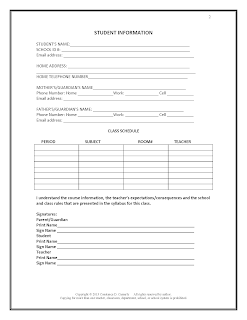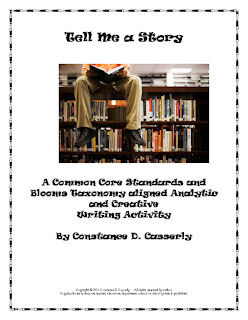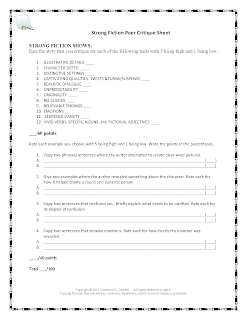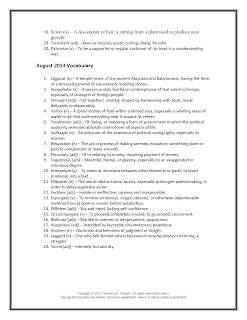Two score and three years ago, as my husband was packing his
lone duffle bag for a tour in Vietnam, he turned to me and said, “Maybe it’s a
good thing that I’m going. I won’t be here to tell you what bulletin board to
create in your classroom or what pair of cut-offs to wear. ” His words shocked
my tears into submission.
I never knew that he perceived me as a weakling in the
decision-making department. “I am not that bad at making decisions!” I argued. He then explained that for my whole
life -22 years at that point-I had allowed my father-as well as my sisters,
friends, teachers, etc.-and him, to make my decisions for me. He did not include my mother in this list,
because he knew that she tried to counteract my compliant and somewhat passive
nature when it came to either/or situations. “Now you’ll be on your own,” he said
as he zipped his bag closed. “I will always support you, whatever you choose; I
just won’t make your decisions for you.”
“You Must Make a
Choice…
Tim was right- I needed to learn to trust my judgment, my knowledge and my
emotions and to quit second-guessing myself when I had to make a decision. Oh,
I had always been firm with major options like when to break-up with a bad
boyfriend, what to choose as my college major (although I did capitulate to my
father on where I’d earn my degree) and who to marry, but it was those day by
day risks that could send me into an
endless circle of indecision.
Although Katy Perry song, Hot N Cold was released in September of 2008, she might have time
traveled and been speaking to the 1970 me and not her boyfriend when she said,
“And you overthink
Always speak cryptically…
'Cause you're hot then you're cold
You're yes then you're no
You're in then you're out
You're up then you're down…”.
Classroom
decision-making in regard to planning, teaching, discipline, parental concerns
and administrative demands never threatened to drown me in whirlpools of doubt.
Oh, I had to sport a poised face and demeanor until my teacher-legs firmed with
confidence, but I expected that. Any
time that I questioned whether my knowledge would have my back - even in my
last year in the classroom when I was teaching The Stranger for the twelfth time-I’d just plan a bit more
meticulously and re-read tough passages again and again until my inner critic
assured me that I was, “Good to go.”
Decisions
that affected my family life, though, they were and still are the sleep
stealers. Emotional involvement makes it too easy to push aside those all too necessary
facts. My difficulty evolves from making decisions that will touch, and maybe
alter, the lives of those people whom I love.
Choices equal ownership and ownership
means responsibility. That accountability is the root of the do I/don’t I dilemma, not the Choice itself. Usually, I realize that the
Choice I want to make harmonizes with
the one that I need to make. The
question has never been the Choice,
but whether or not I want to assume the duties, the liabilities, and the task. That is what caused, and still causes,
those wee hours of the morning fits of doubt. Othello addressed this agony well
with his words, “It is the cause, it is the cause, my soul.”
For years, one
of my role models has been an elderly woman in a TV commercial. She nestles her
cookie grandma self onto a park bench, smiles at the camera and says, “Every
morning I can choose to be happy or sad. I choose to be happy.” I love that
woman’s firm resolve, upbeat disposition and her staunch understanding that
although she might encounter outside influences, she and she alone is
responsible for her Choices.
To Take a Chance, or …
Chances are a gamble. They present us with visions of health,
wealth and happiness or nightmares of failure, bankruptcy and buffoonery. No
matter where we turn, we are barraged by exhortations-verbal and visually
enticing-to multitudinous Chances of a lifetime.
We are guaranteed to have brighter smiles, firmer abs, sexier hair (and bodies),
and more friends and fun than we can handle if we take a Chance on this toothpaste, that shampoo or this beer.
From apples to zucchini, from the
study of A.P. Algebra to Zooplasty, from Alabama to Wyoming we are assailed with
promises, promises, and more promises. Where is the assurance, though? Is it hidden in the lure of glittering
generalities, of celebrity testimonials, the desire for peer approval, no
matter our age, or any of the other propaganda techniques used by family,
friends, foes and the media?
Maybe, but chances are that life
would be banal, boring and, well, not really worth living if Chances didn’t exist. Those What ifs of life keep our hearts and
brains charged up with the possibilities of “life, liberty and the pursuit of
happiness.” At least they do that for me.
I’d much rather leave myself open to the dark side of Chance than live in a world without possibilities.
As ABBA said in their song, Take a Chance on Me,
“If you change your mind,
I'm the first in line
Honey I'm still free
Take a chance on me.”
Your Life Will Never Change.”
When I was
younger, I welcomed Change with an
open heart, an open mind and open arms. A moving van was sure to punch my
yearning button for new people, places, adventures and ideas, These teaser
qualities of Change are part of why I
loved teaching,
Every day a
student could change from an apathetic seat warmer to an involved learner.
Every class,
students offered me a chance to add to my analysis of a novel through their
interpretations, to excavate my understanding of writing techniques or to
change my attitude about a song, a dance or a fashion trend.
Every year I
had the choice to change what, when, why, where and how I taught if I so
desired- the good old days of education, some would say.
One theme
that laces every book, movie and television show that I have taught and/or
viewed is that people fear that which they don’t understand, and this fear can
lead to misunderstanding and tragedy. I
have seen friends, family, co-workers and students paralyzed by the fear of
change. Through research, being open to other viewpoints and strong
communication, most overcame the anxieties that clouded the pros and cons that
accompanied their qualms.
Now, that I
have skirmished with these three Cs
for three score plus five years, and even though I welcome Change in smaller doses, Mental Myopia scares me more than the
three Cs ever will. Every day is a
chance for me to learn something new, to see the world through someone else’s
eyes, and to face myself in the mirror and not cringe. I have always loved and
attempted to live by the Man in the
Mirror philosophy that Michael Jackson so eloquently speaks about in his
song by the same name,
“I'm Starting With The Man In
The Mirror…
I'm Asking Him To Change
His Ways
No Message Could Have
Been Any Clearer
(If You Wanna Make The
World A Better Place)
(Take A Look At Yourself And
Then Make The Change).”
For me, every
year that I have the Choice to take a
Chance and to Change something about me, my life, my attitudes or the world
around me is a very good year.
Until next
week,
Connie




































